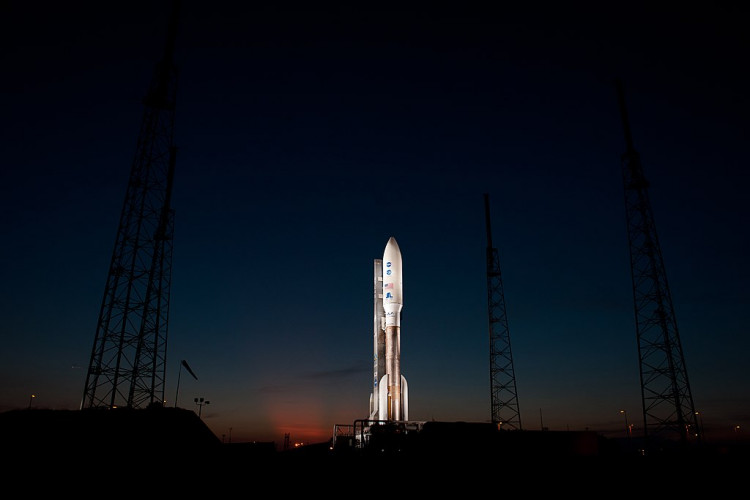The ambiguity of how giant cyclones stick clustered in geometric patterns around Jupiter's poles could now be answered, but new concerns have arisen as to how these clusters first evolved, a recent study reports.
Since NASA's Juno probe went into orbit around Jupiter in 2016, the spacecraft observed massive cyclones arranged around the world's poles in geometric shapes. There are eight vortices at the north pole of the earth circling a central vortex, and six at the south pole.
"We were surprised that Jupiter's poles are not like those of other planets," said the study's lead author Cheng Li. "We never saw anything before like these clusters of cyclones organized into regular patterns."
Every gargantuan storm ranges from 2,485 to 4,350 miles wide and circles their respective poles at 5,400 miles radius. Since Juno arrived at Jupiter, these cyclones and cycles have continued for at least four years.
Scientists were as to how such clusters stayed intact. Cyclones drift poleward on Earth, but dissipate over land and cold water, Li added. Jupiter, on the other hand, has neither land nor seas, posing the question of whether the cyclones did not just migrate to the poles and unite.
Li and his colleagues developed computational simulations based on what Juno revealed about the sizes and velocities of the storms to shed light on Jupiter's cyclones. They concentrated on what variables could sustain these geometric patterns over time without merging.
The researchers find the consistency of these patterns depends partly on how far the cyclones go down into the atmosphere of Jupiter, but more on anticyclonic circles around each cyclone - that is, a wind loop rotating in the opposite direction in which each cyclone whirls in. Too little shielding from anticyclone rings contributed to the convergence of the cyclones; too much shielding could push the cyclones apart.
There are many unanswered questions about such cyclone clusters. For starters, it remains unclear why the vortexes of Jupiter appear to inhabit the happy middle between too much and too little shielding.
Now the scientists are researching how these cyclones may have first emerged. One theory is that they evolved close to the poles, where they are now found. The other, it seems to scientists, is that they evolved elsewhere and then moved to the poles.
The findings of Li and his colleagues are published online in the journal Proceedings of the National Academy of Sciences.





